Friends! Sending off 2022, the team of The Universe. Space. Tech has prepared a traditional selection of the most spectacular images on the space and astronomy theme, which were published in the past twelve months. Here you can admire the first ever photo of the black hole at the center of the Milky Way, the launch of the SLS rocket, stunning images from the James Webb telescope, Europa, the far side of the Moon and much, much more.
ISS over the Sea of Tranquility
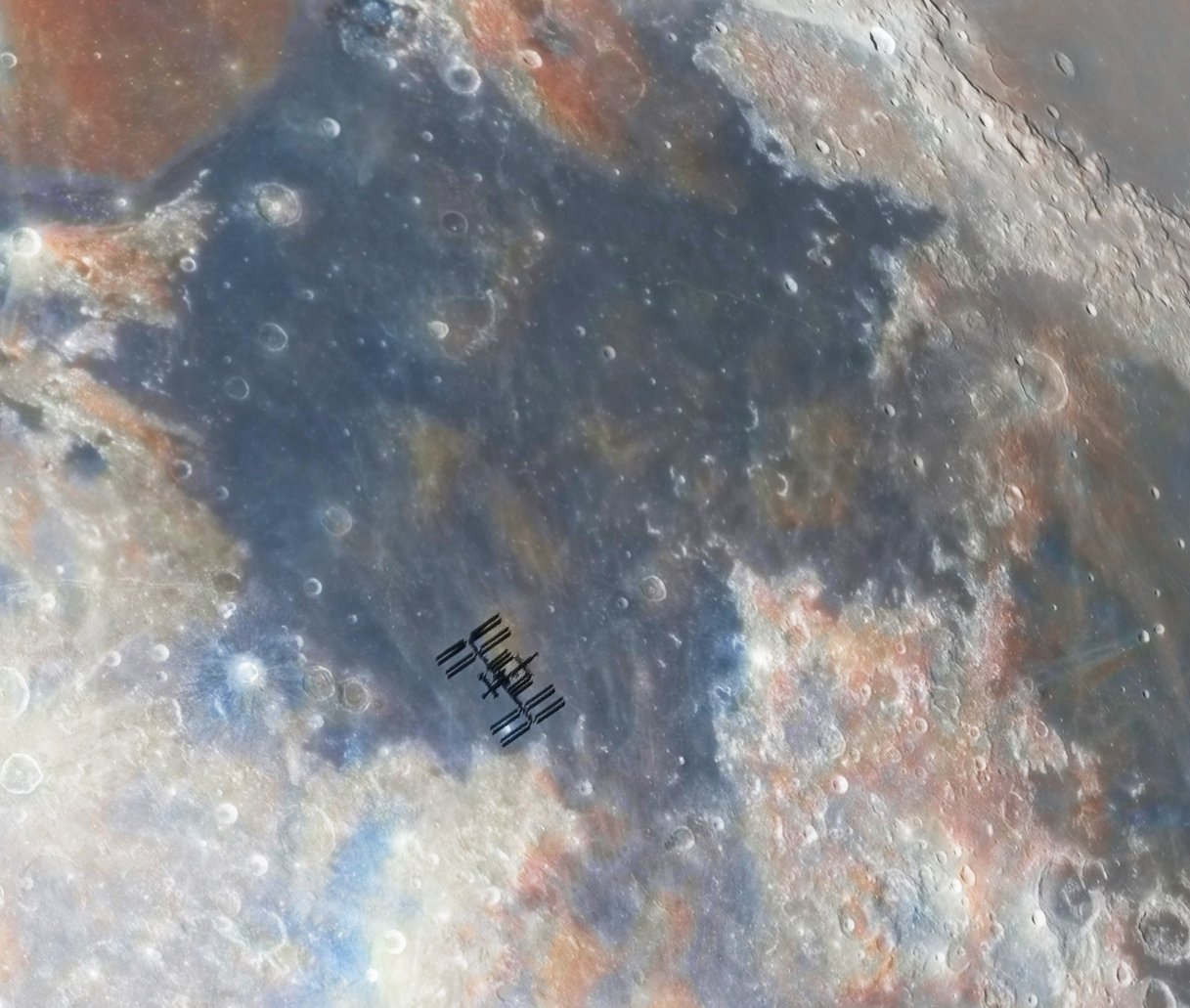
The ISS is drifting against the background of the Sea of Tranquility. At this place in July 1969, people took their first steps on the surface of the moon.
The eruption of the Hunga Tongo volcano
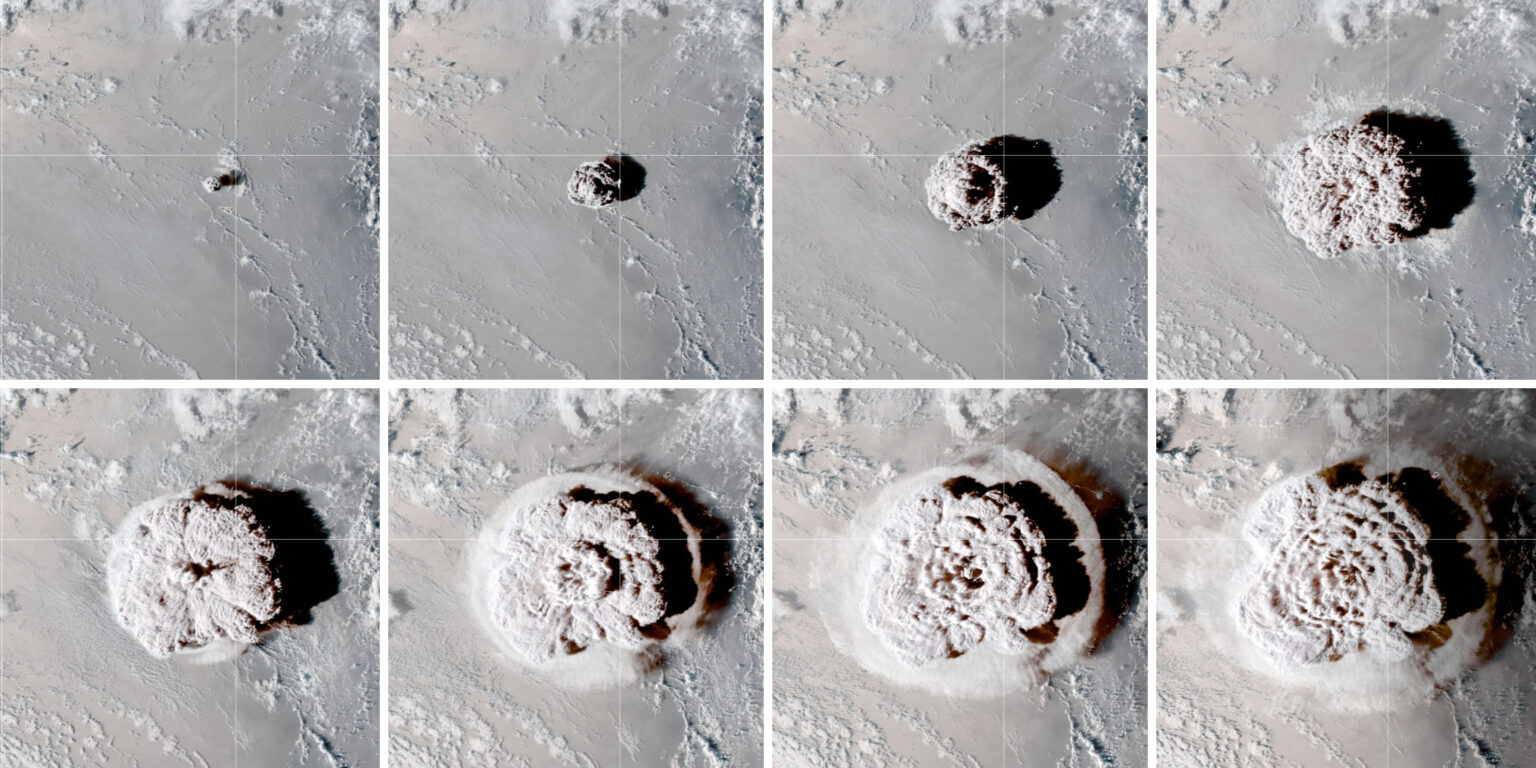
Enjoy this collage of images taken by the GOES-17 satellite on January 15, 2022. It shows the eruption of the Pacific volcano Hunga Tongo.
Sunset over Mauna Kea
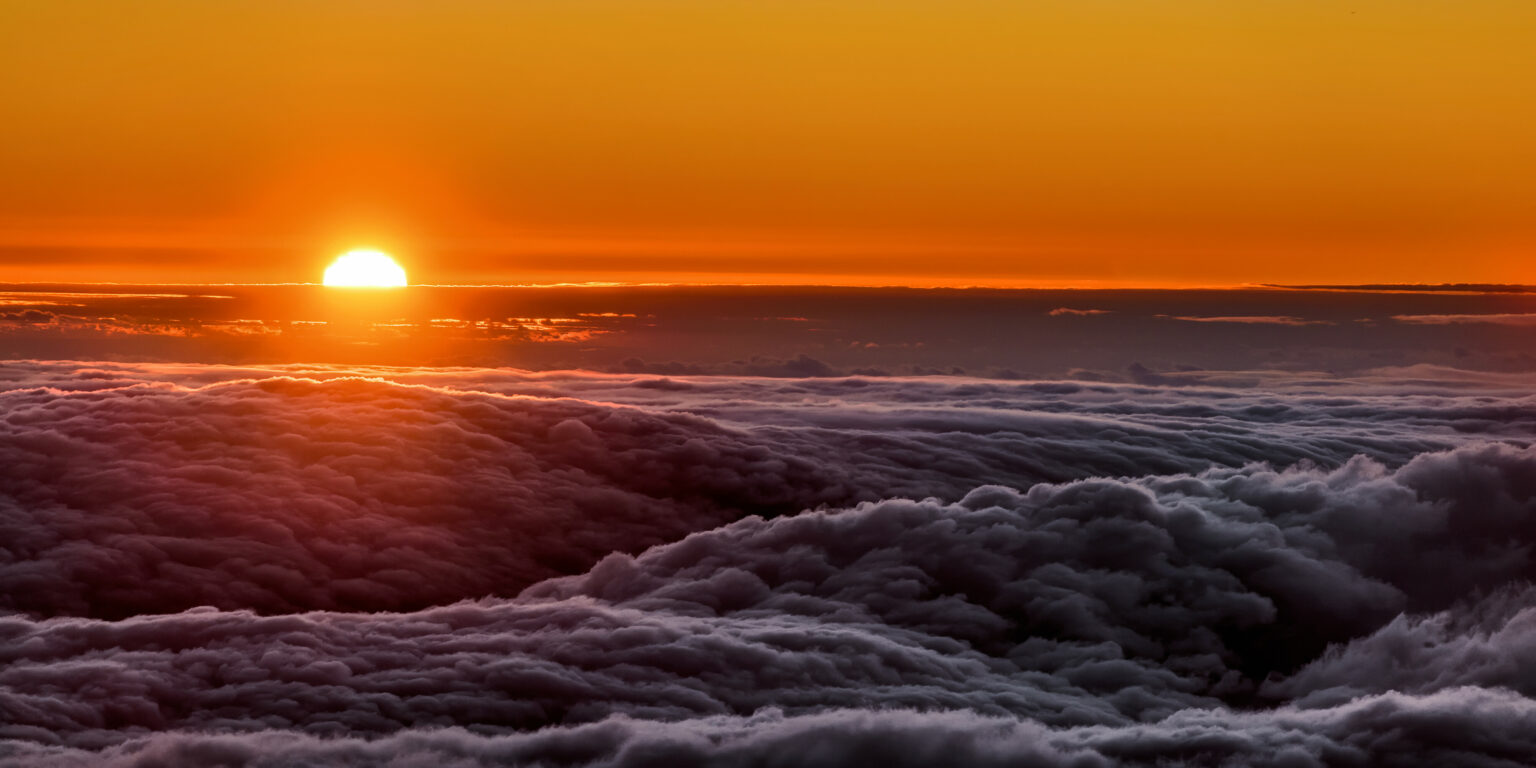
Sunset as it is seen from the top of the Hawaiian volcano Mauna Kea. The site is home to several telescopes, including the 8.1-meter Gemini North, next to which the featured image was taken.
A portrait of the black hole at the center of the Milky Way
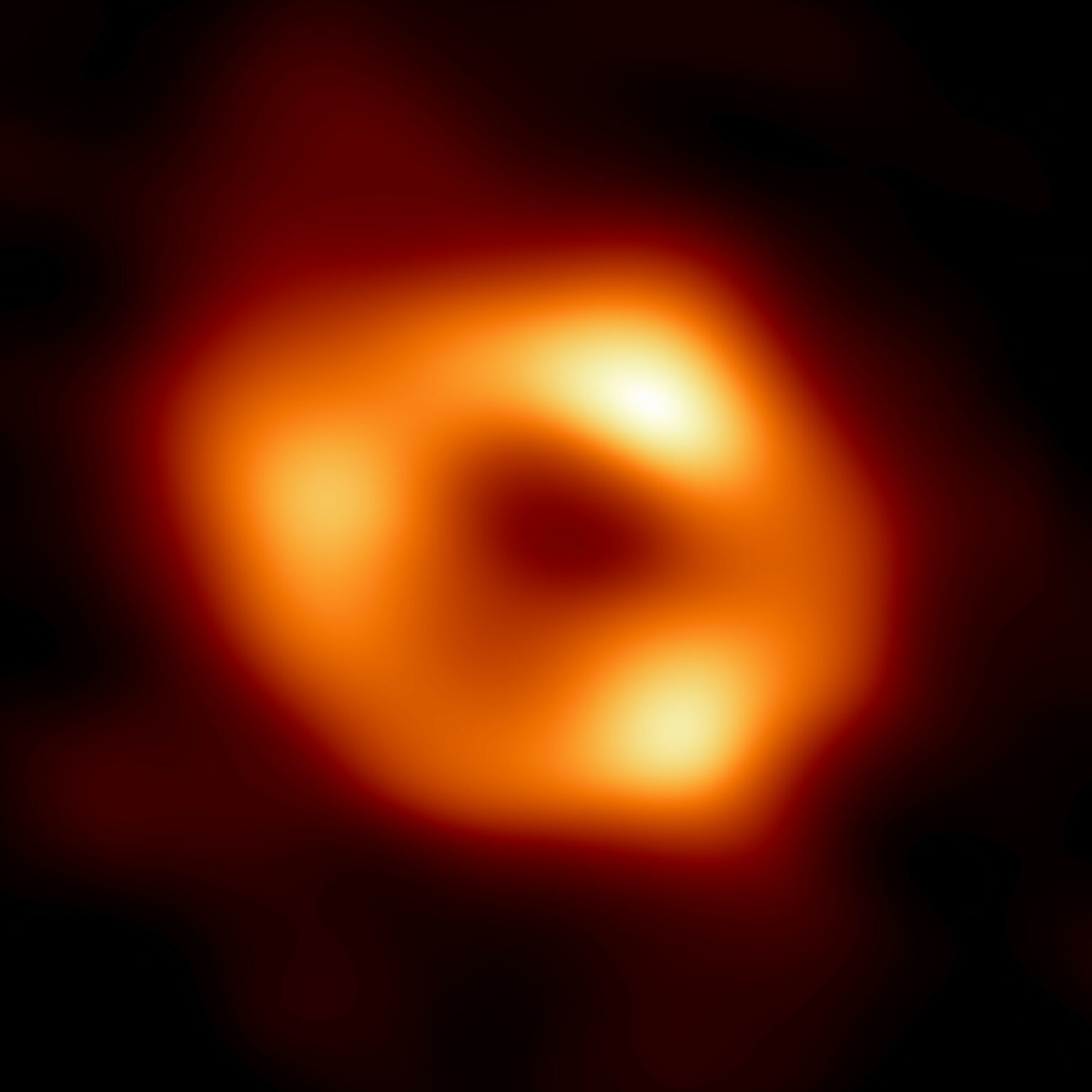
Here is the historical image of the silhouette of the supermassive black hole Sagittarius A*. This gravitational monster is located at the center of our Milky Way. Its mass exceeds the mass of our Sun by 4 million times.
ELT construction site
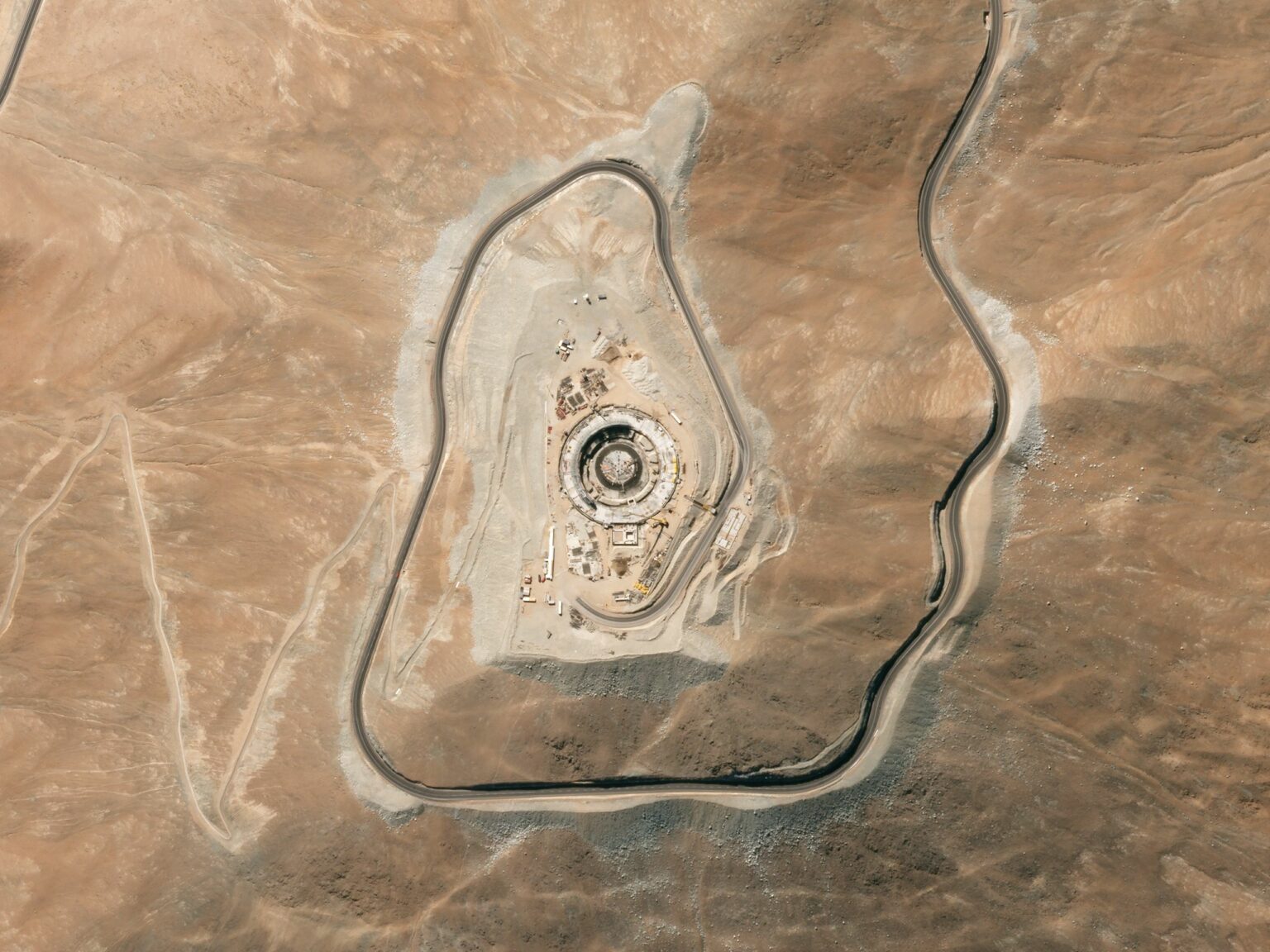
This is an image taken from space showing the construction site of ESO’s Extremely Large Telescope. After commissioning, it will become the most powerful optical observatory on Earth.
Lunar volcano

A PRO image showing the extinct lunar volcano Mairan T.
Orion against the background of the Earth and the Moon
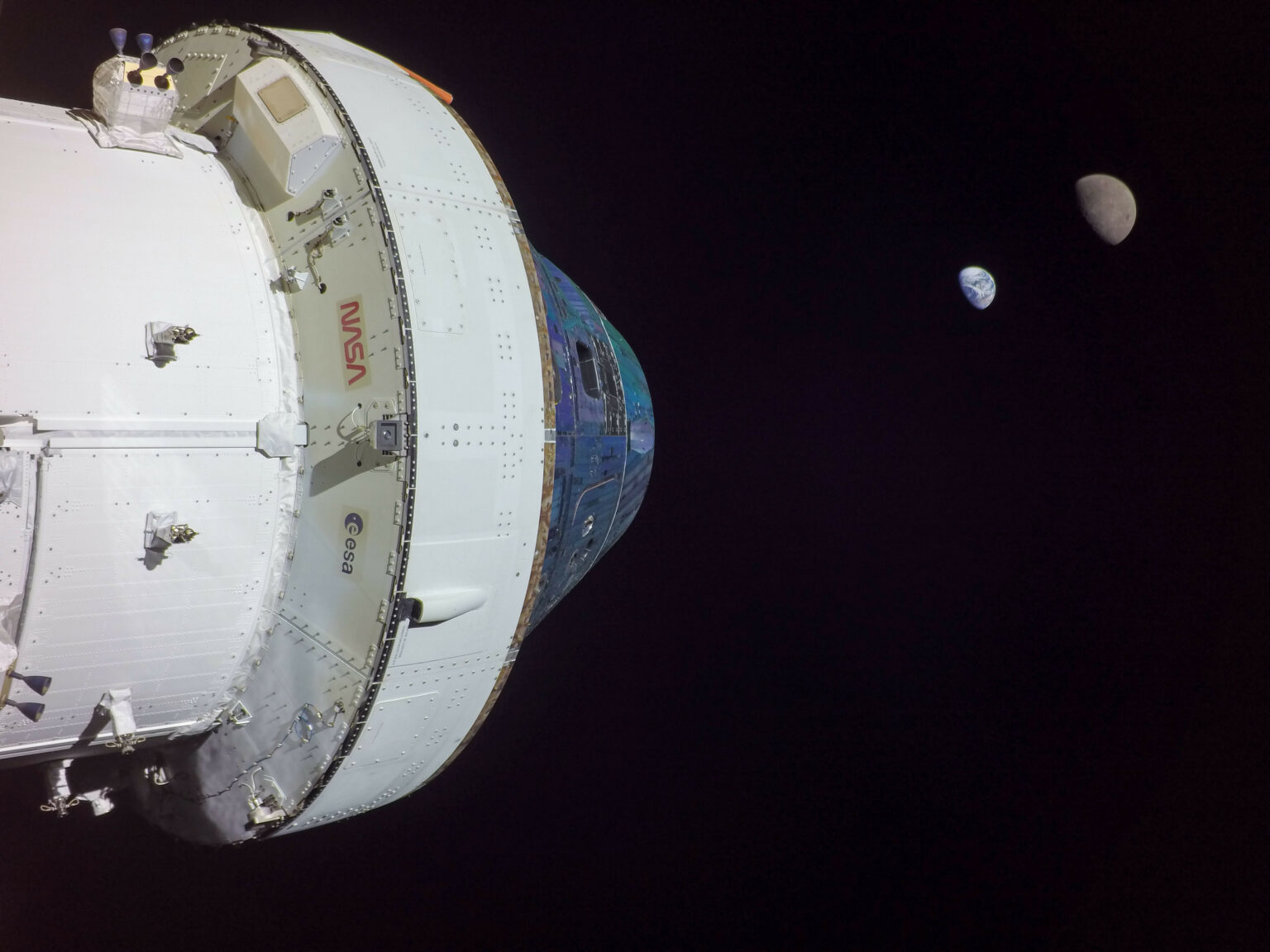
Here we see the Earth, the Moon and the Orion spacecraft. At the time of filming, the device was at a distance of 430 thousand km from our planet, breaking the record of the Apollo 13 mission.
The far side of the Moon
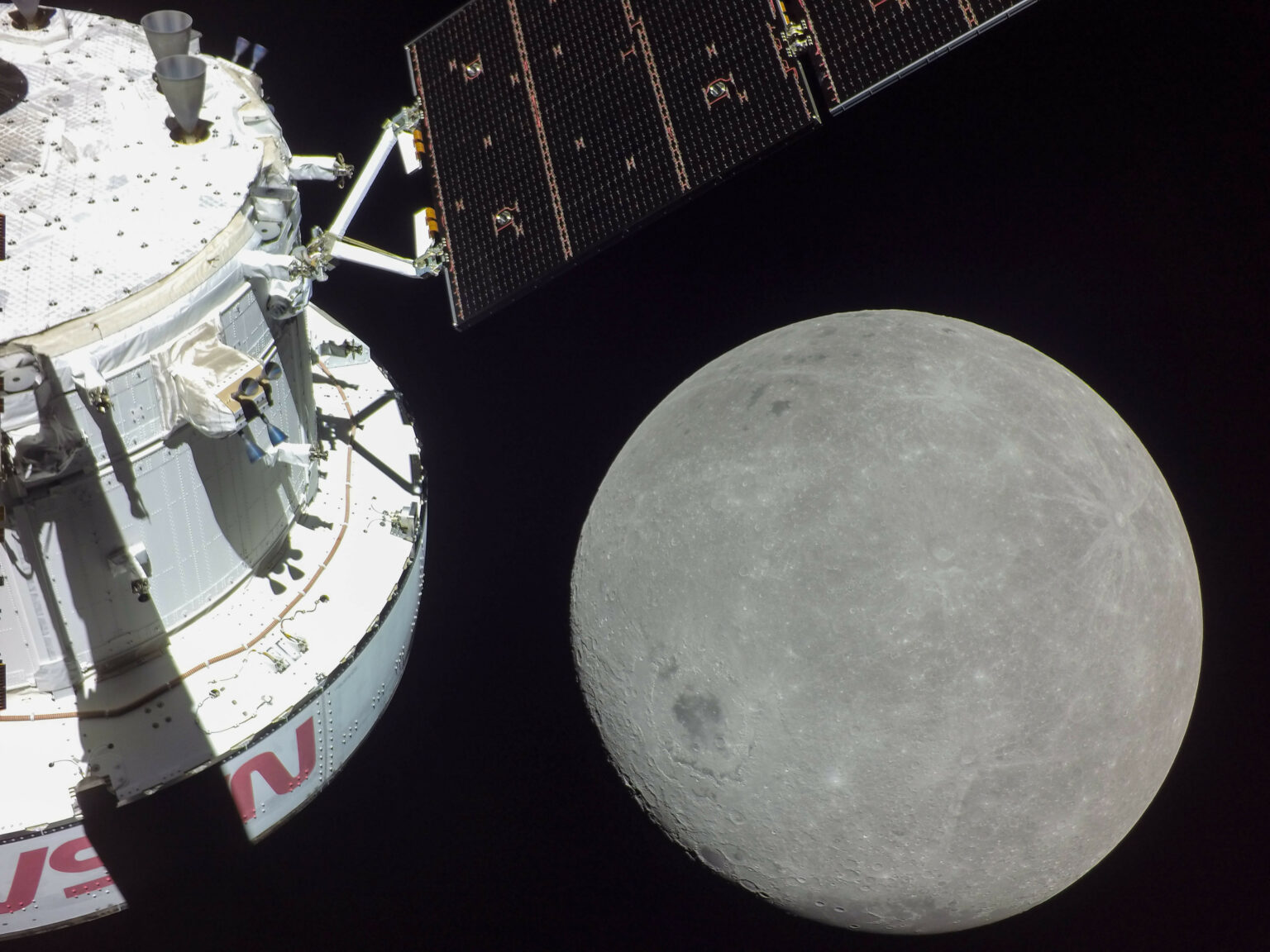
Orion spacecraft shot against the background of the far side of the Moon. The picture was taken after its first approach to the satellite of our planet.
The Kiel Nebula
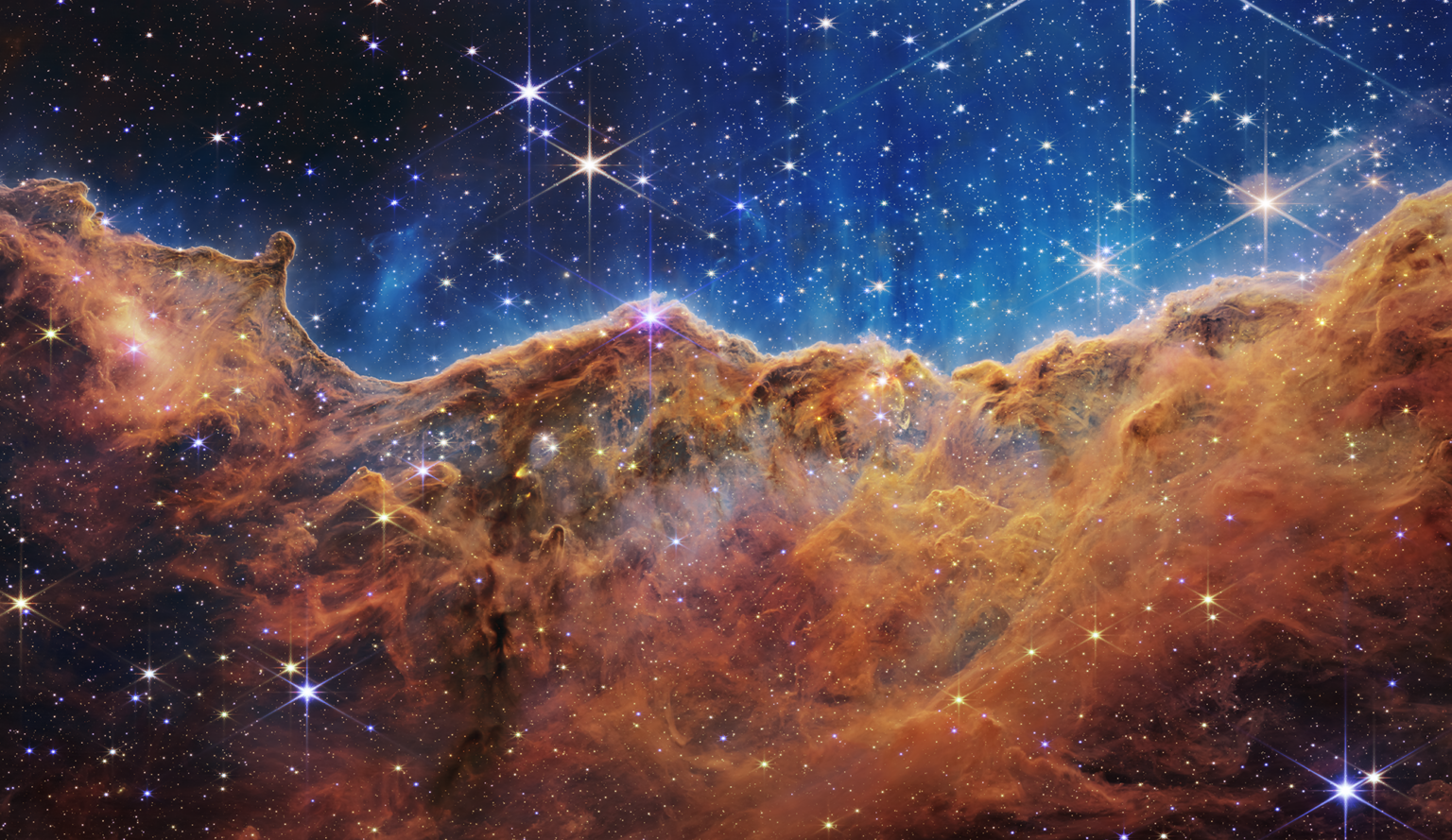
The Kiel Nebula through the eyes of the James Webb Space Telescope. Right now, new luminaries and exoplanets are forming in its bowels.
SLS on the launch pad
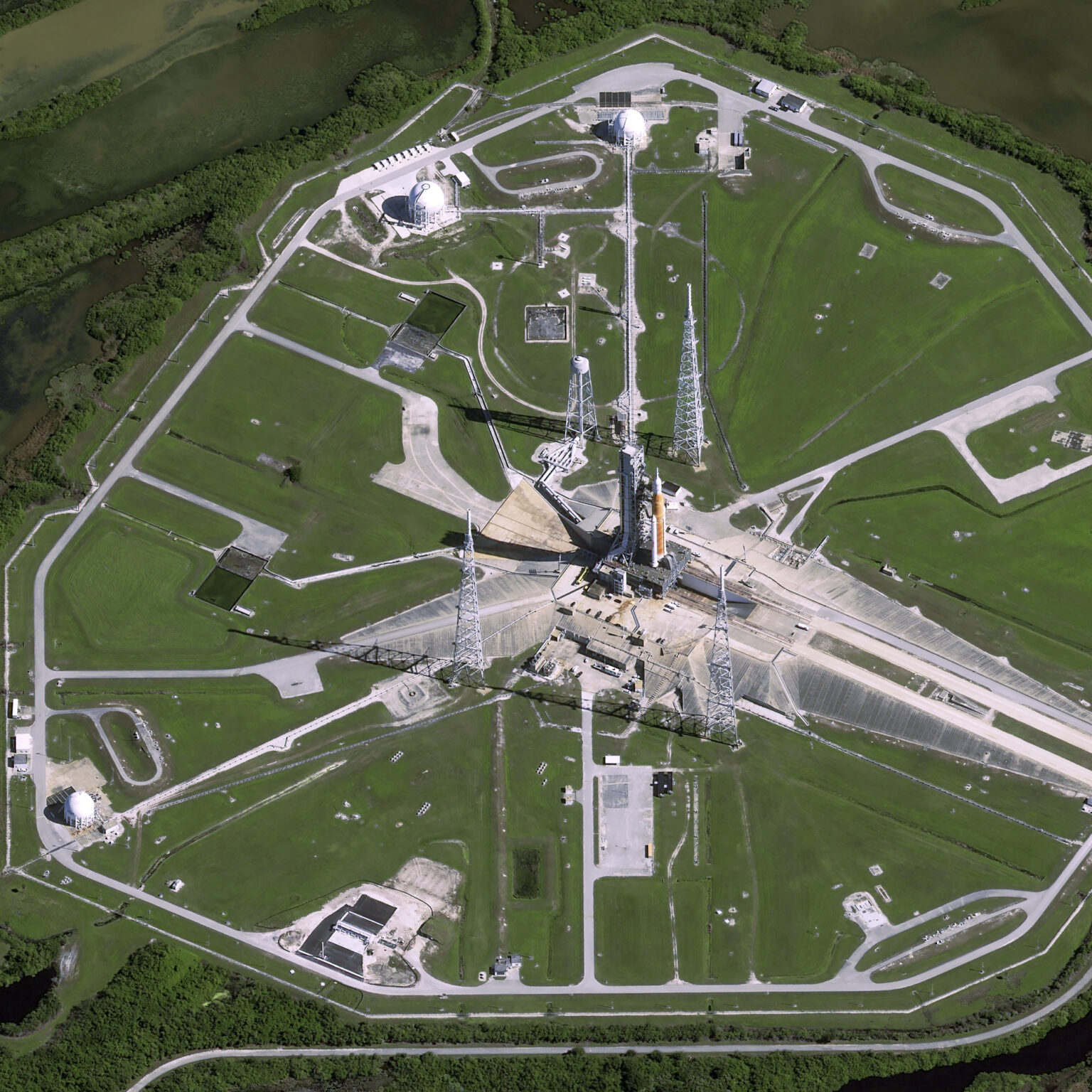
Satellite image of the SLS rocket being prepared for launch on the launch pad.
Launch of the SLS rocket
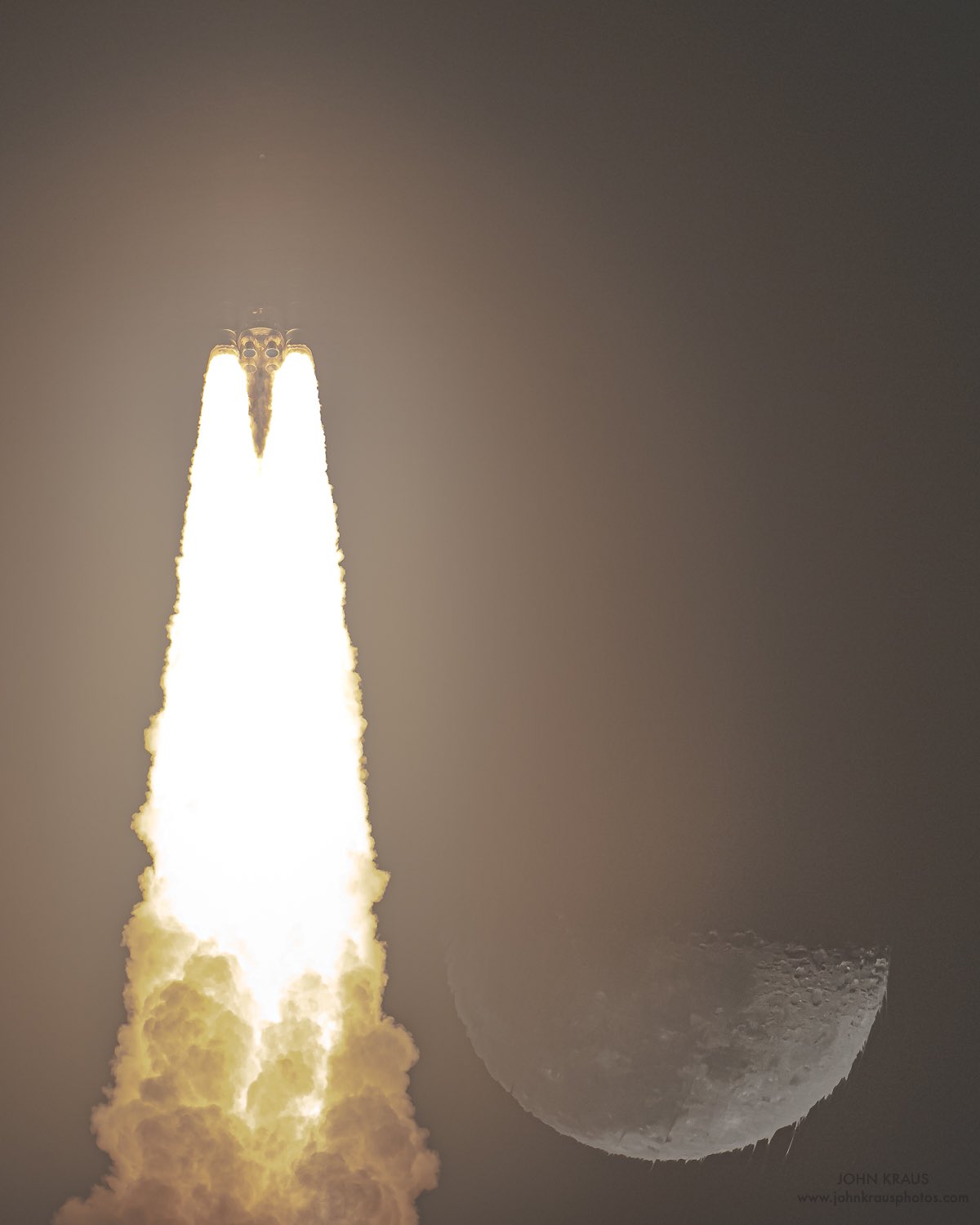
The super-heavy SLS rocket rises into the night sky over Cape Canaveral against the background of the Moon. The picture was taken on November 16, 2022.
The Cone Nebula
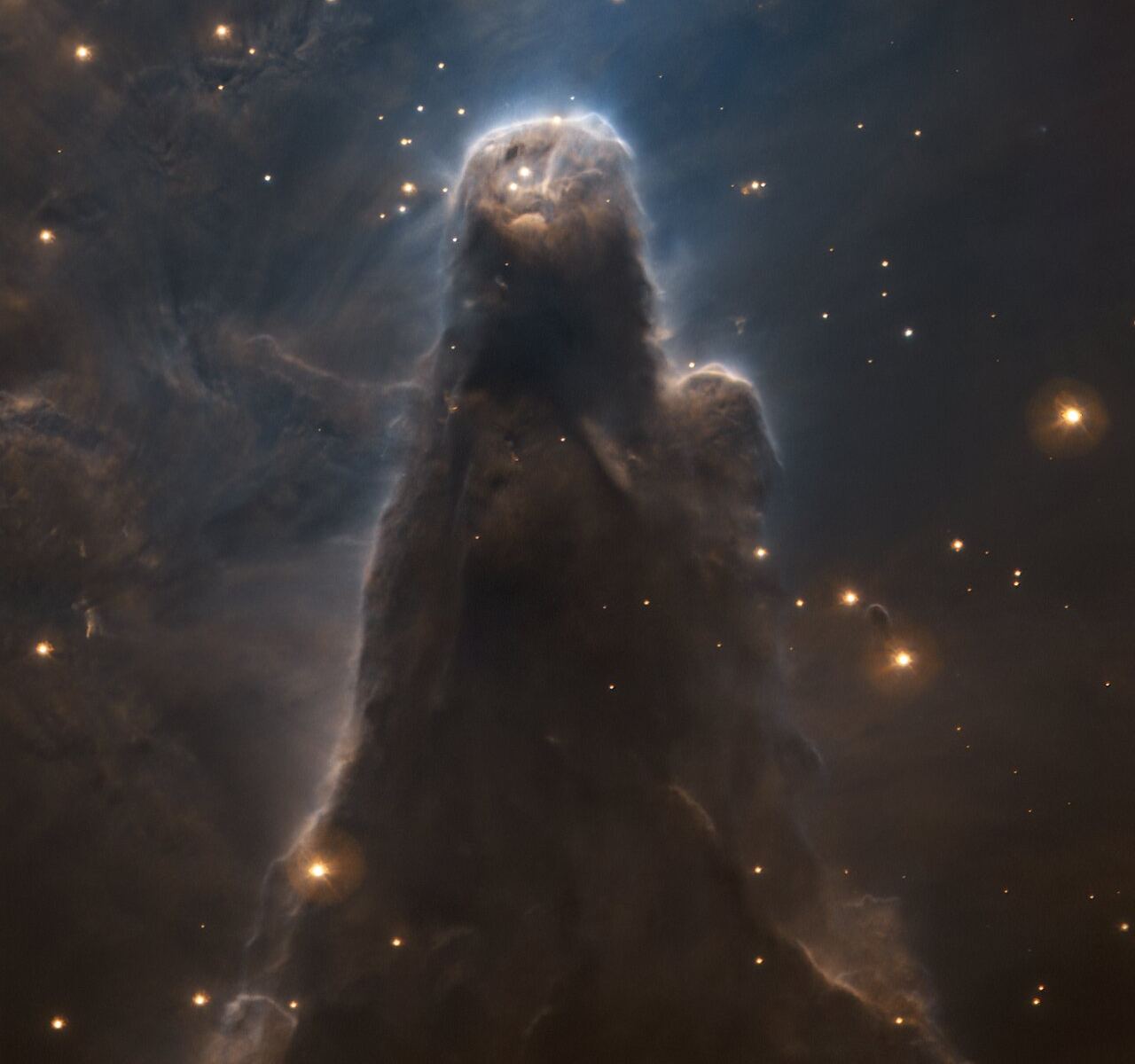
Here is the image of the Cone Nebula taken by the Very Large Telescope. It is a part of the star-forming region located at a distance of approximately 2,500 light years from Earth. The image was released in honor of the 60th anniversary of the European Southern Observatory.
Smiling Sun
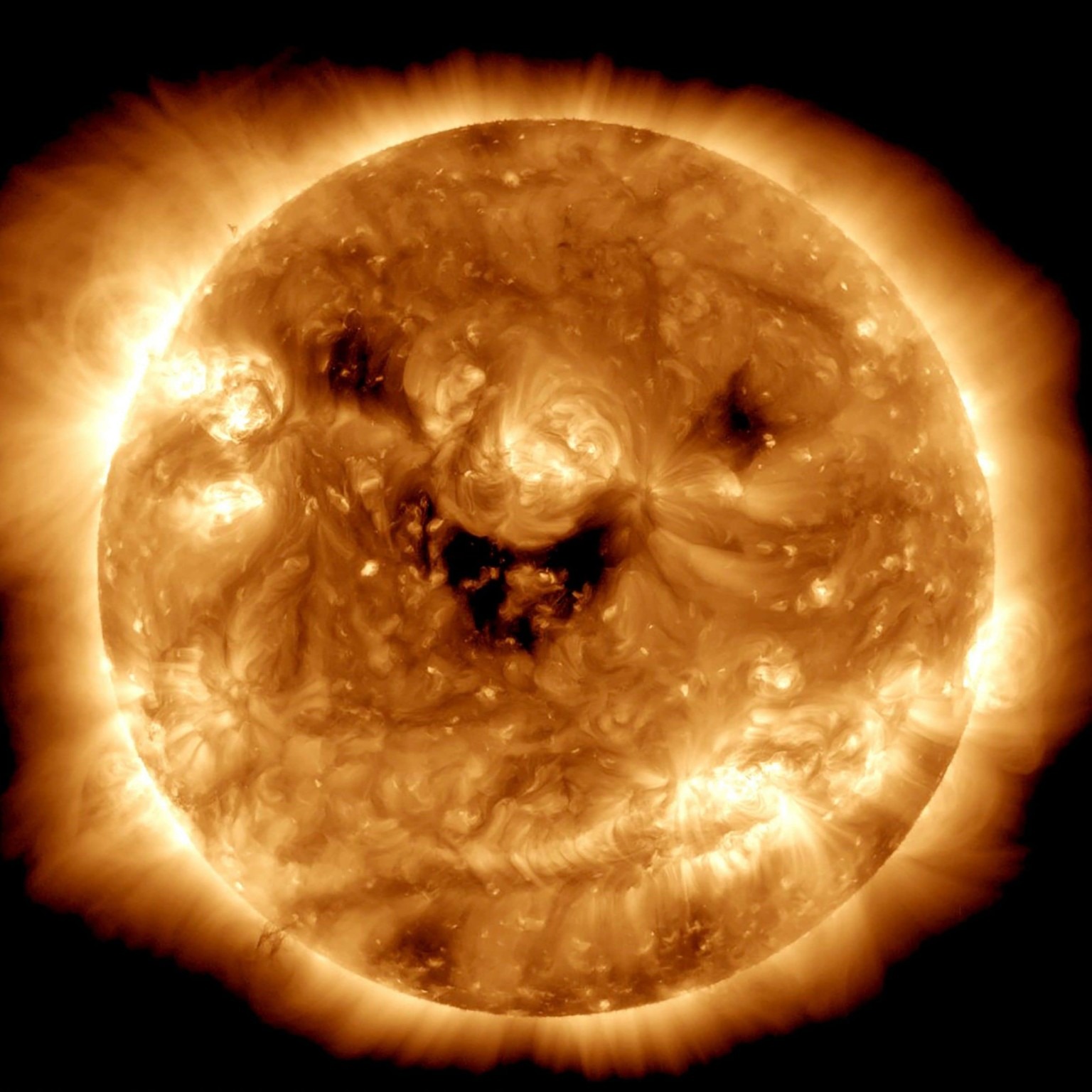
This image of the Sun was obtained by the SDO observatory. Due to the unusual arrangement of spots on its surface, our star seems to smile a huge smile.
The last shot by DART
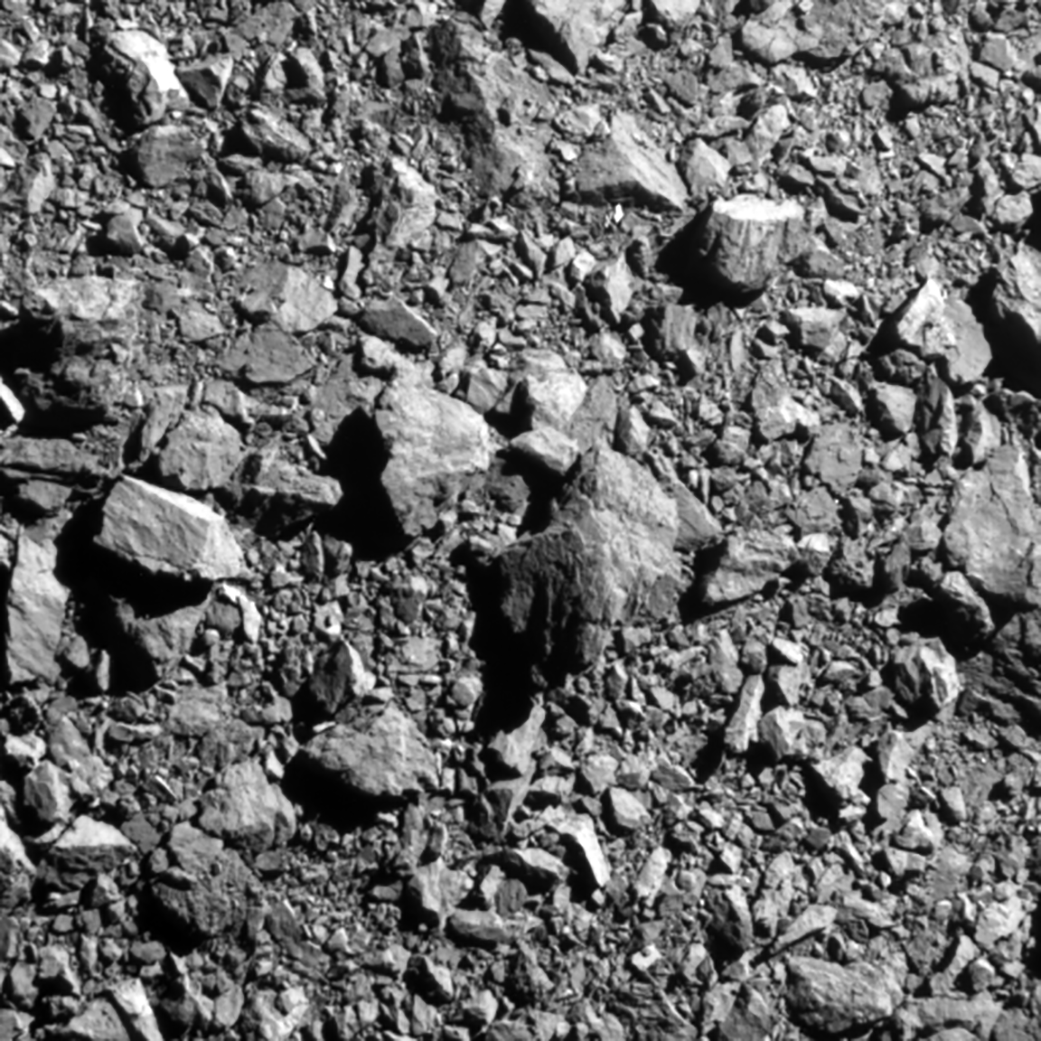
The last image of the DART probe, taken two seconds before the collision with the asteroid Dimorphos. The image shows the stone-strewn surface of the small body.
Double Tail of Dimorphos Asteroid
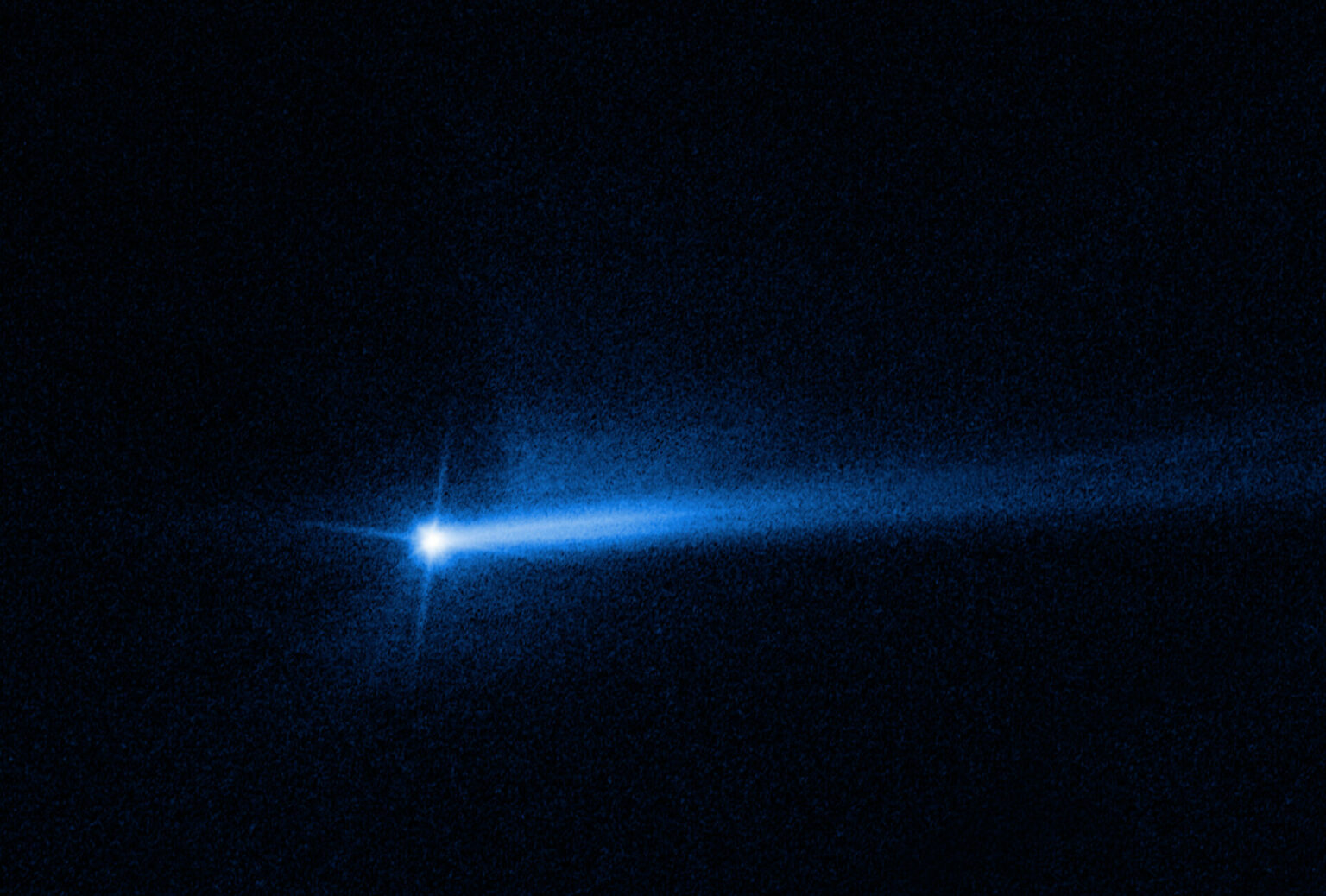
This image of the asteroid Dimorphos was obtained by the Hubble telescope. It shows the double tail formed after the DART spacecraft crashed into it.
Mars rising over the Moon
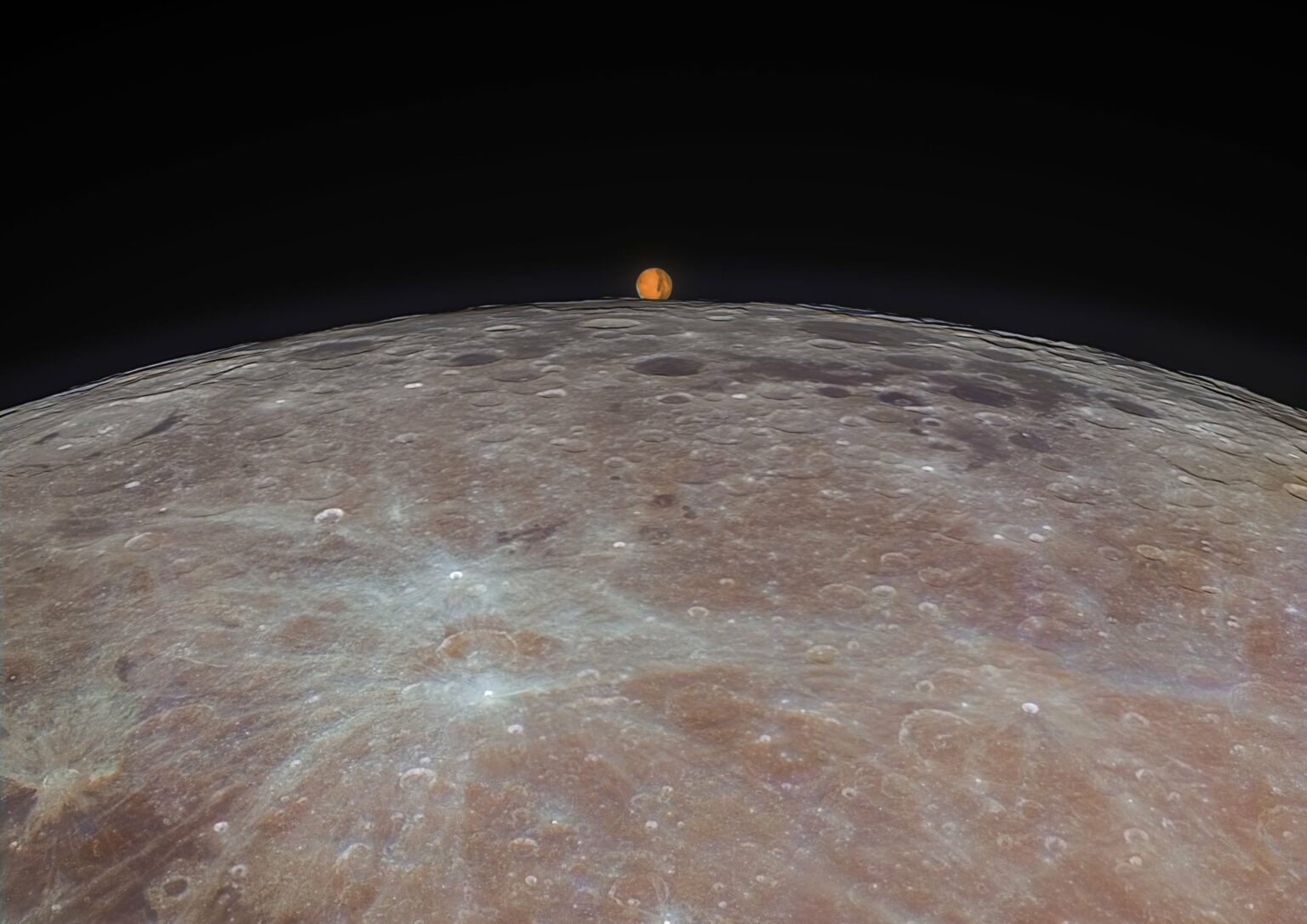
Mars is rising over the Moon. The picture was taken during the coverage of the Red Planet, which took place on December 8.
Pillars of Creation
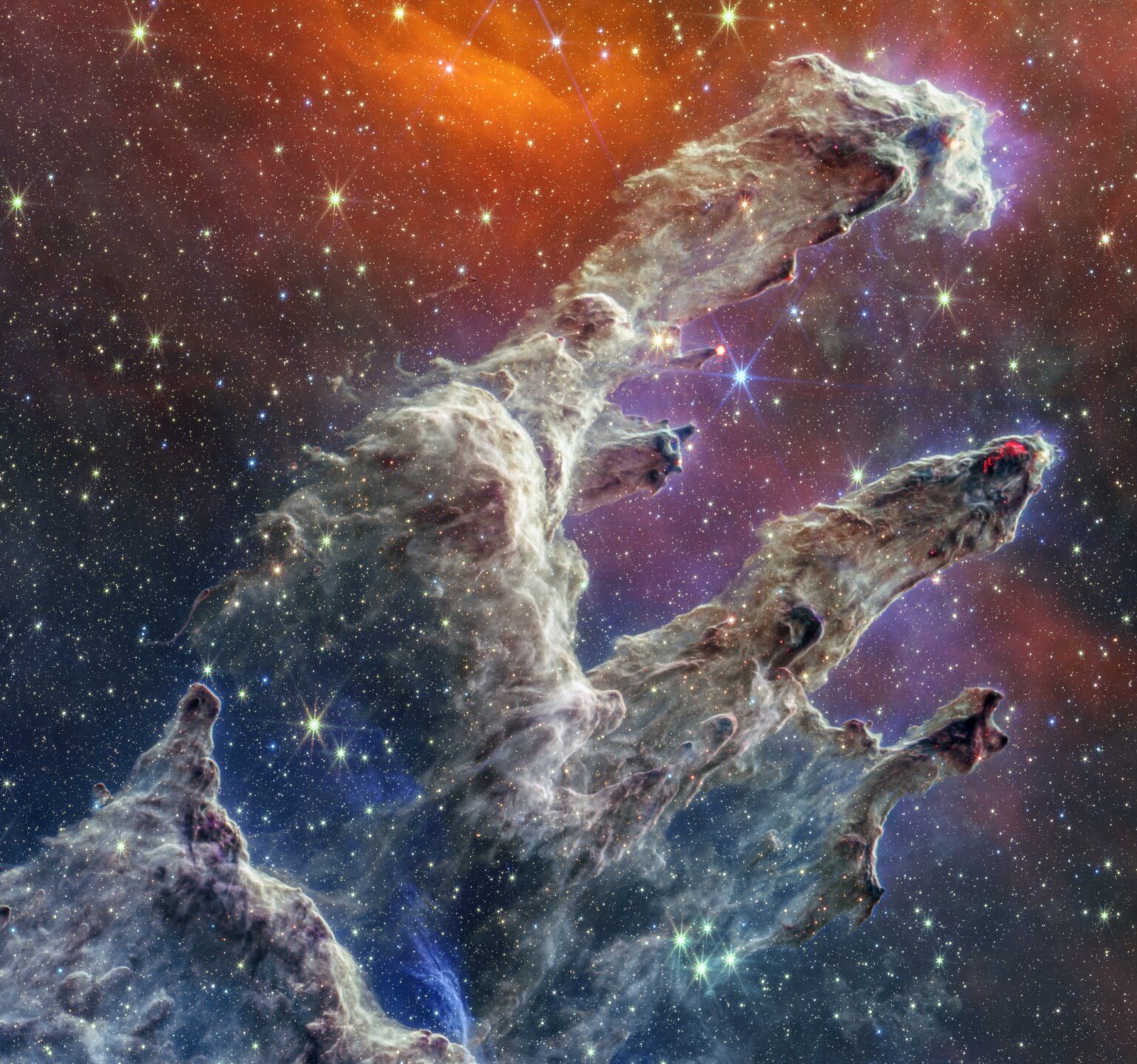
Enjoy a stunning portrait of the famous Pillars of Creation captured by the James Webb Space Telescope. These giants are located at a distance of 7000 light years from Earth. They are clusters of interstellar gas and dust in the Eagle Nebula.
Plasma emission on the Sun
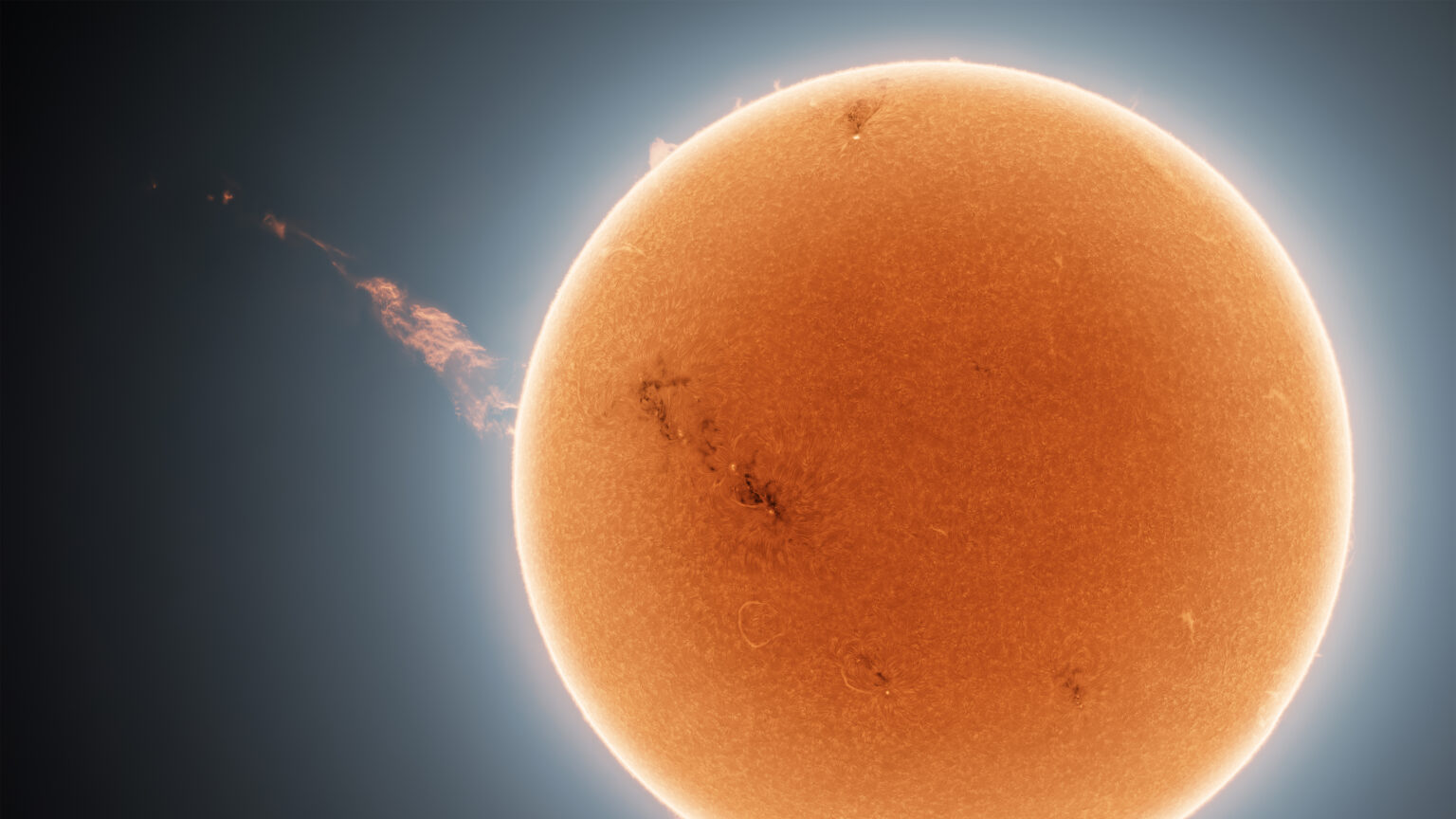
Plasma discharge on the Sun that occurred on September 24, 2022. Its length was 1.6 million km, which is almost five times the distance between the Earth and the Moon.
Europa
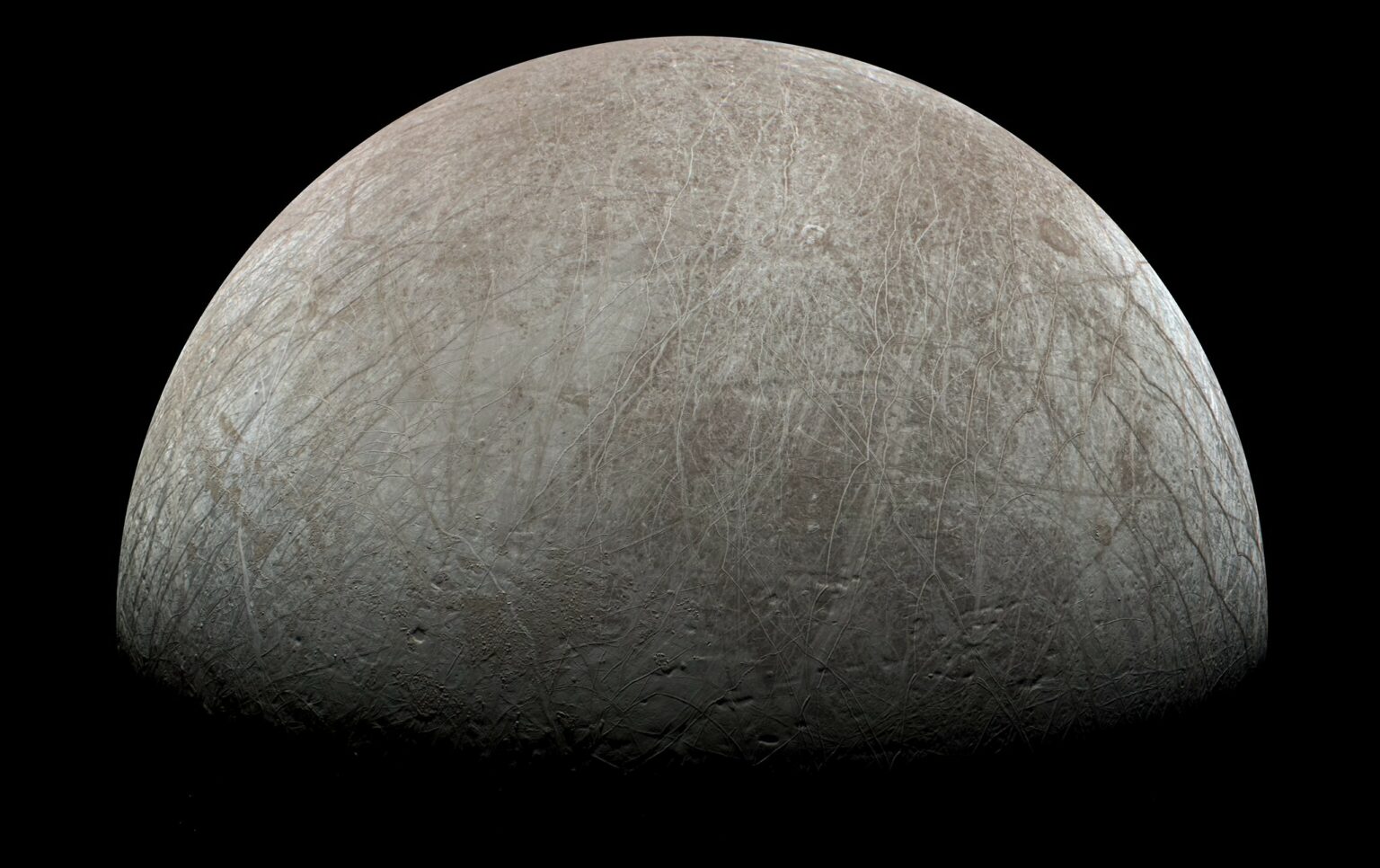
This is the image of Europa taken by the Juno probe during a close flyby on September 29, 2022. Beneath this moon’s icy surface lies a giant ocean that may have conditions conducive to the formation of life.
The Lobster Nebula
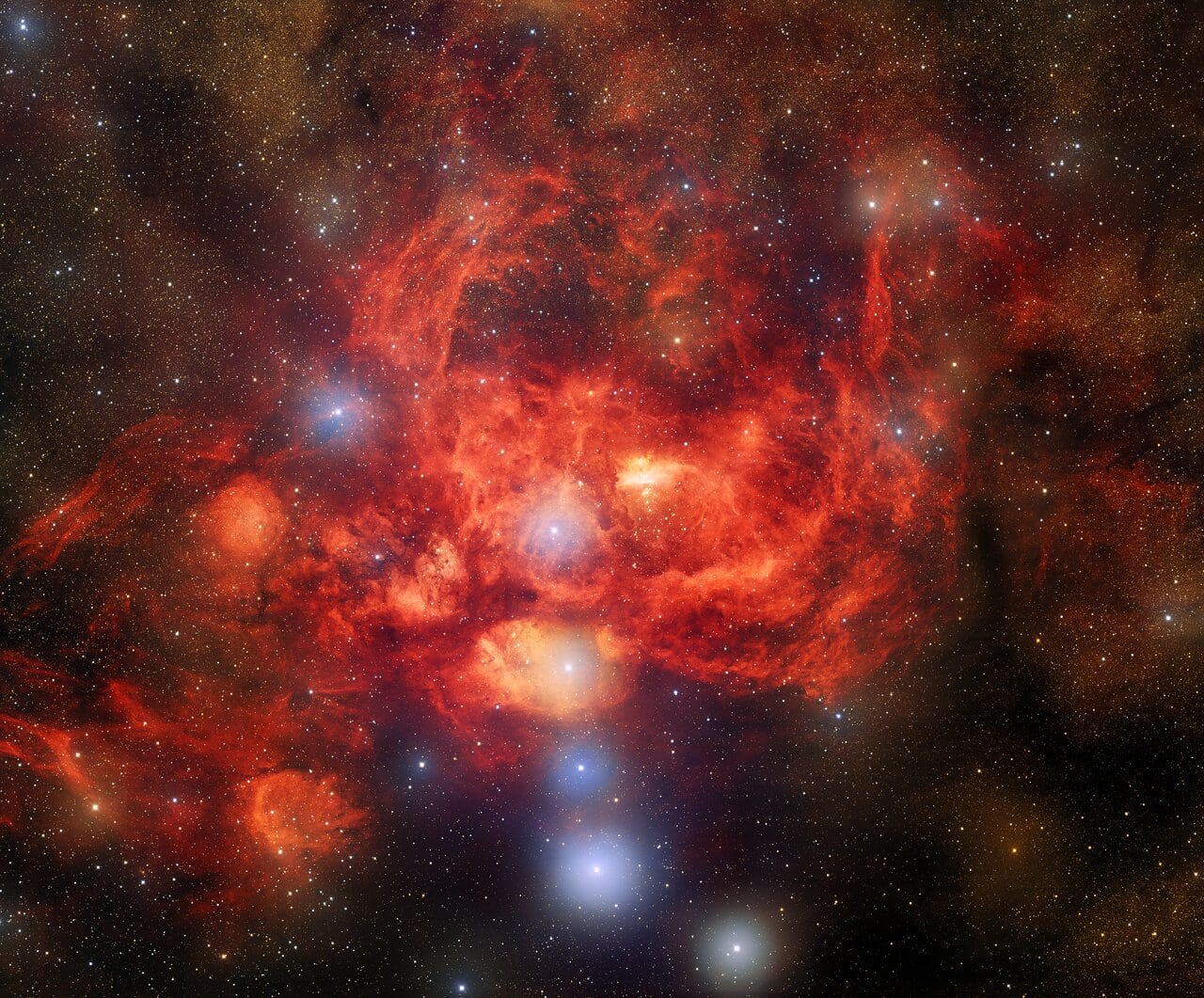
Here is the portrait of the Lobster Nebula captured by the 570-megapixel Dark Energy Camera (DECam). It is located at a distance of 8 thousand light years from Earth in the direction of the Scorpio constellation. The image features bright young stars surrounded by wavy clouds of dust and gas.
The surface of the Sun in record resolution
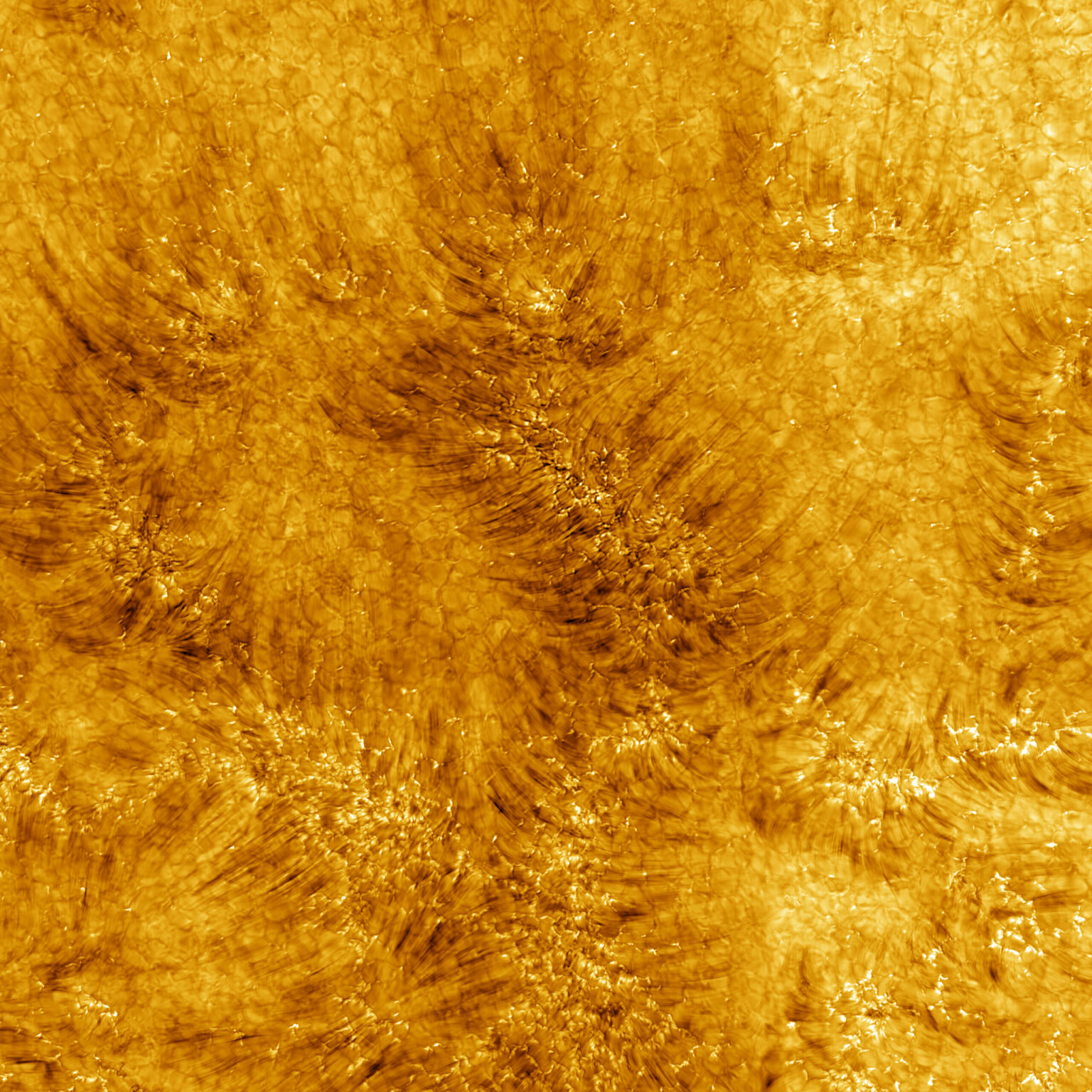
This is the most detailed image of the solar chromosphere in history. The picture was taken by the new DKIST telescope.
The pre-dawn sky over Cerro Armazones
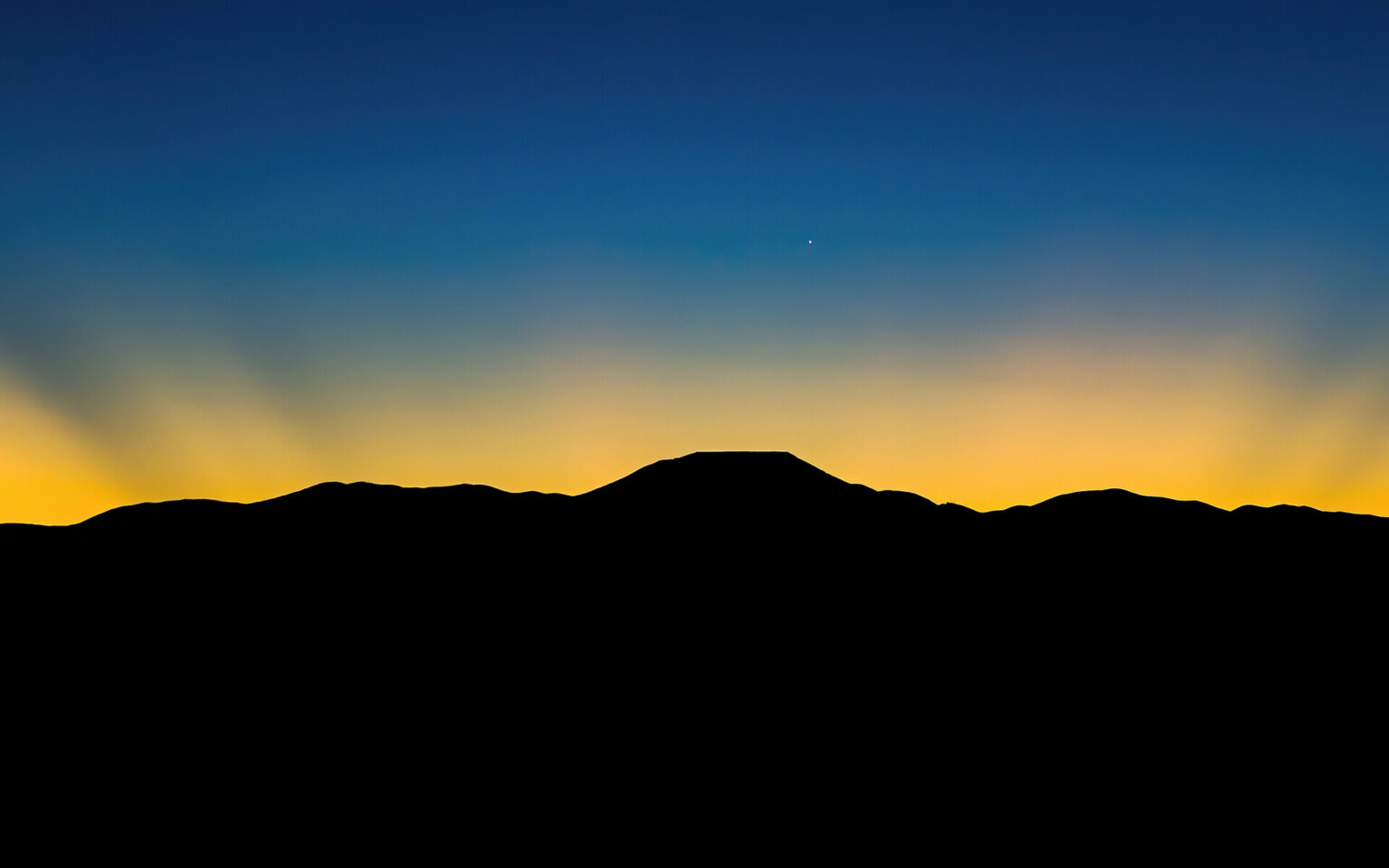
Here is a sunrise over the Chilean plateau of Cerro Armazones. In the pre-dawn sky, the silhouette of a “cut” mountain peak is visible, and Venus is hanging directly above it in the rays of the dawn.
Majestic Jupiter
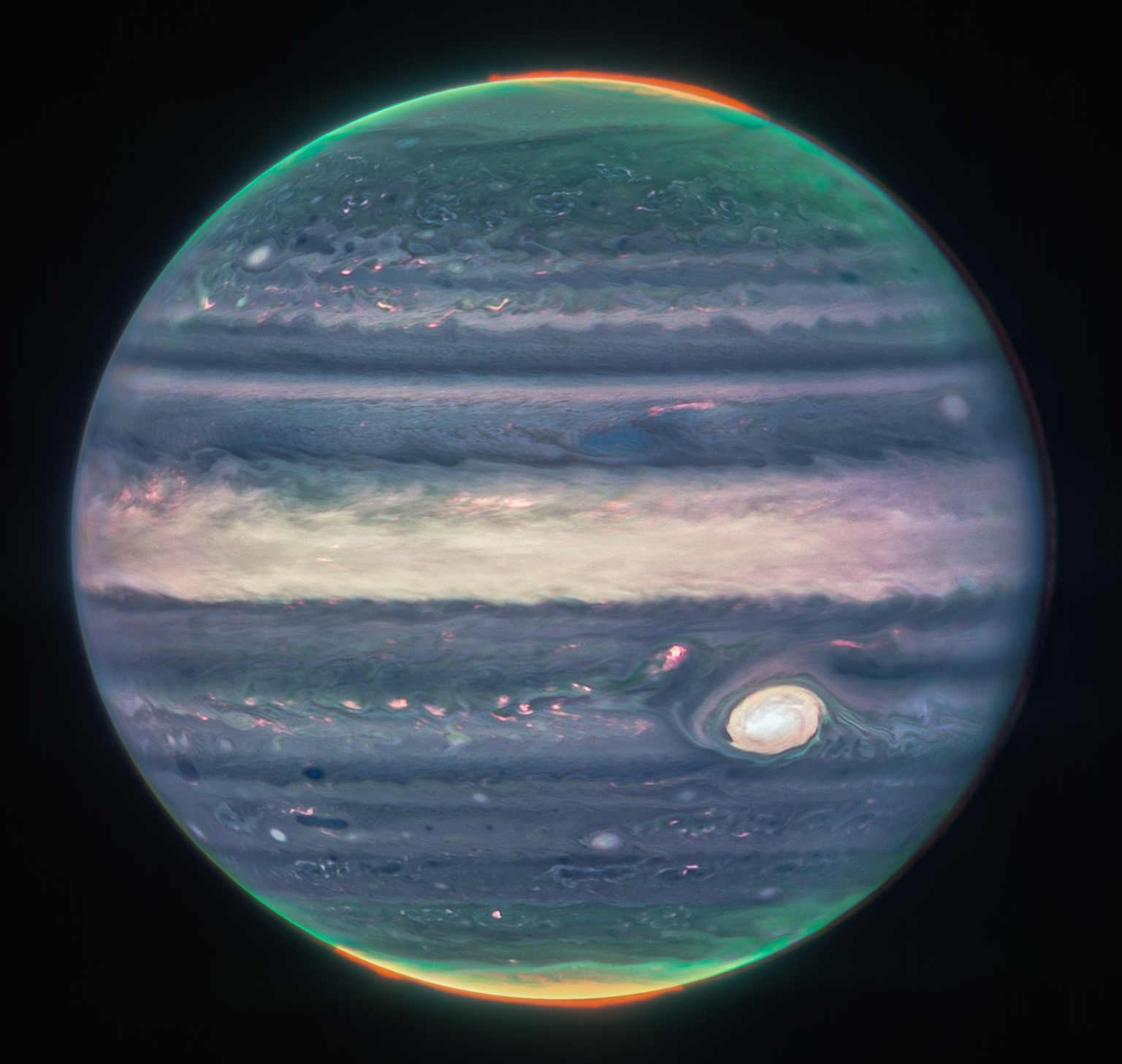
Enjoy an infrared portrait of Jupiter taken by the James Webb Space Telescope. In the image, you can see the famous Great Red Spot, as well as cloud belts and auroras above the poles of the gas giant.
The closest planet to the Sun
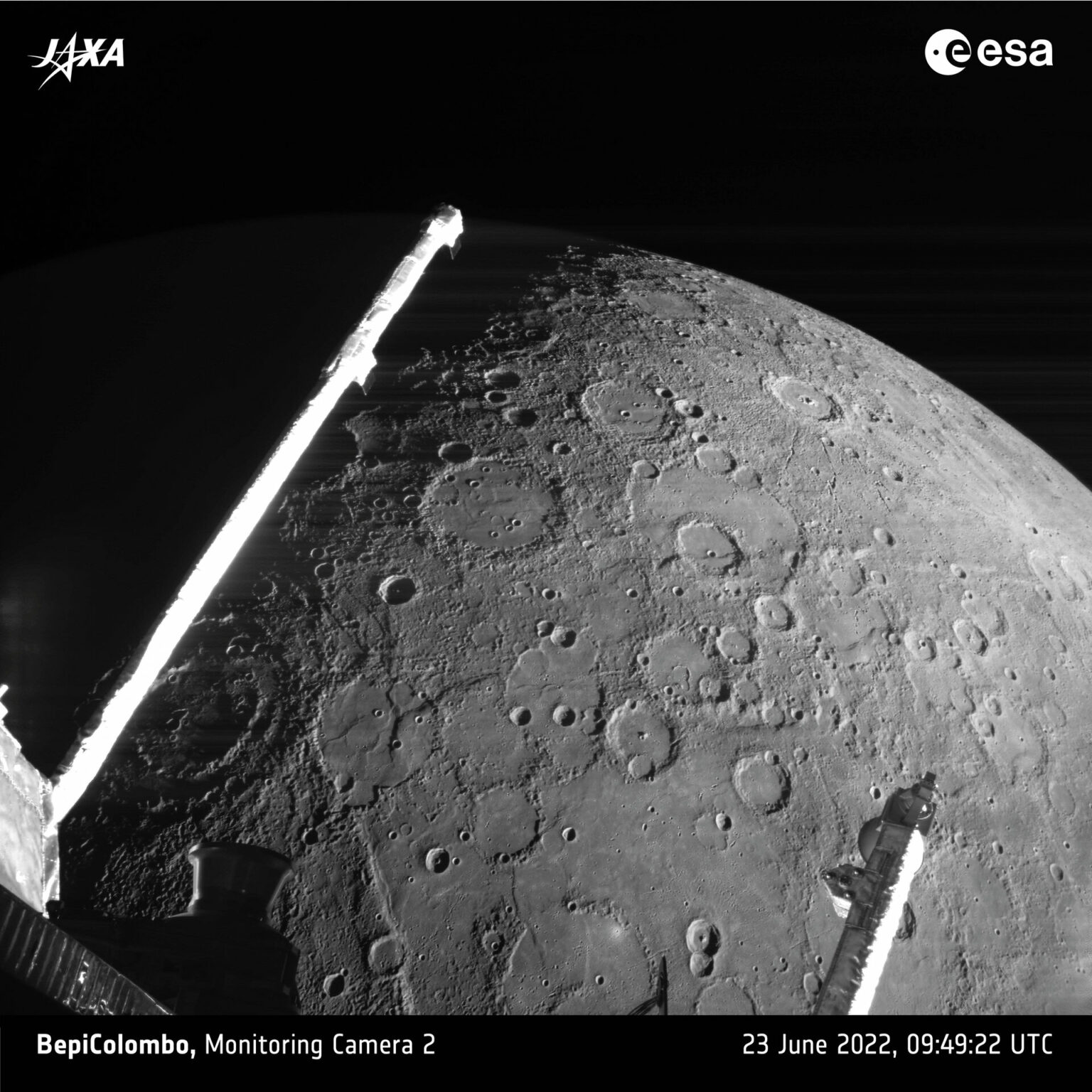
Behold the cratered surface of Mercury. The picture was taken by the BepiColombo spacecraft on June 23, 2022, during a close flyby of the planet.
ISS through the lenses of the Maxar satellite
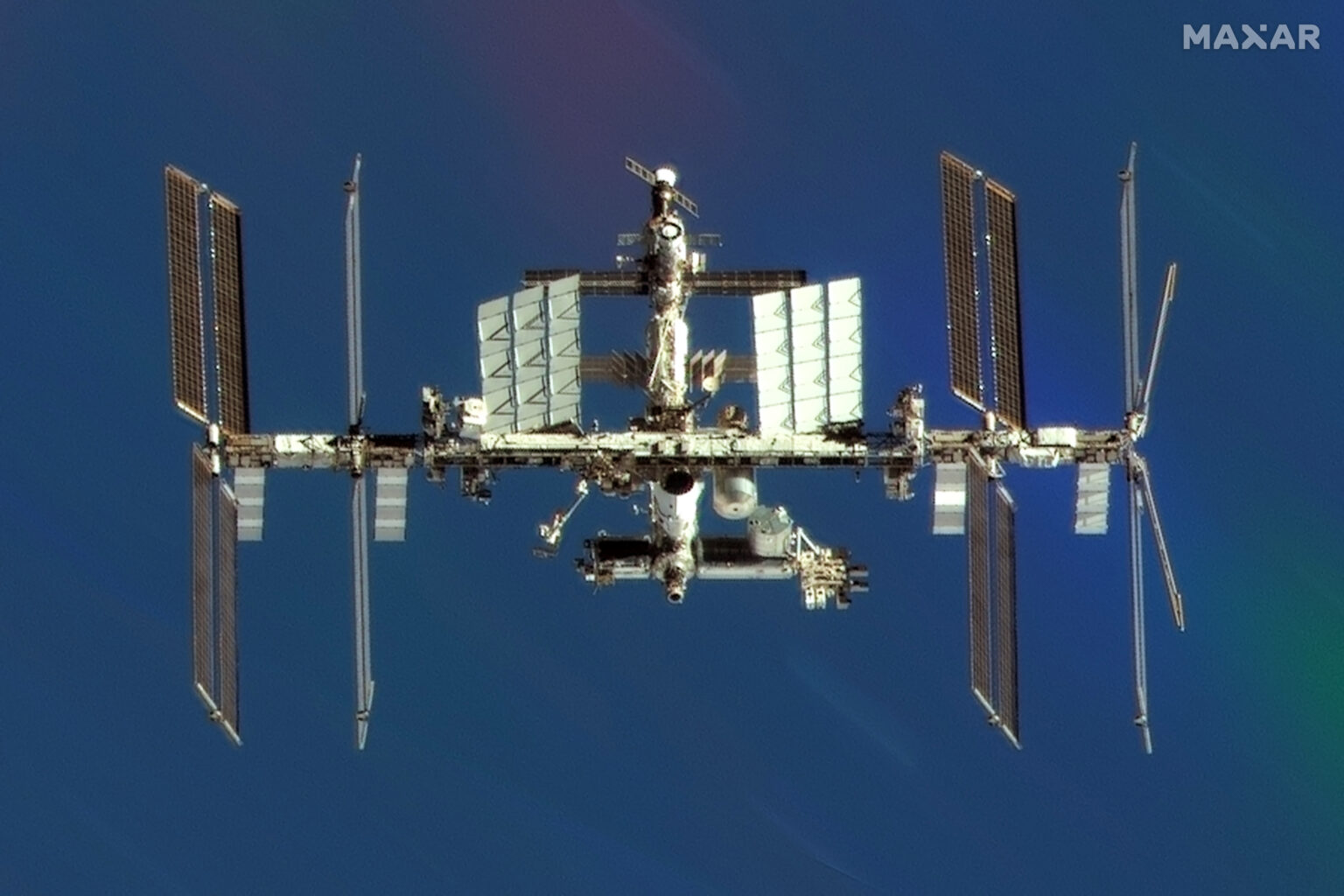
Here is an amazing image of the ISS taken by one of the Maxar satellites. The picture was published as a visual demonstration of the company’s technological capabilities in shooting spacecraft.
Orion returning
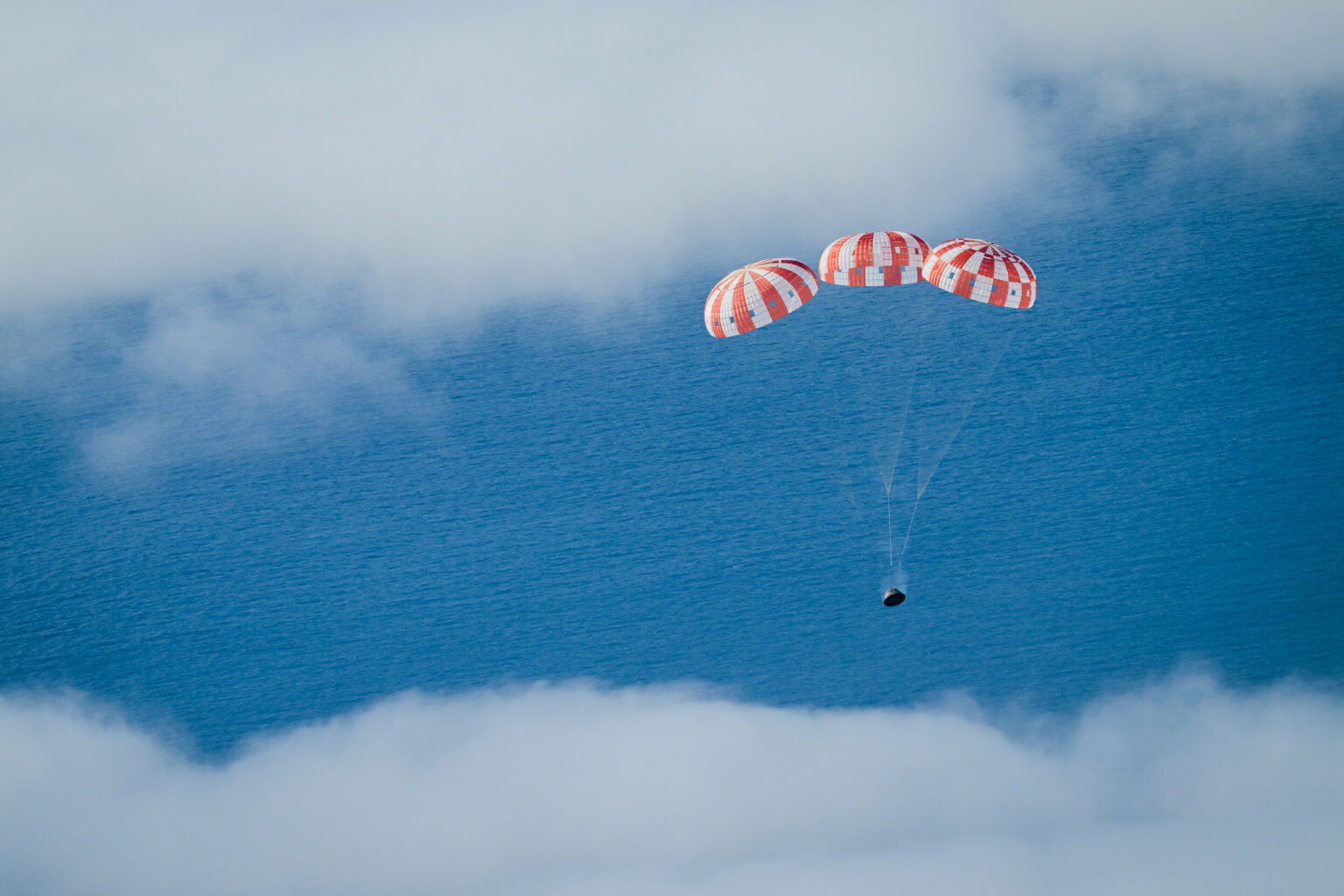
Here, the Orion spacecraft that flew around the Moon is returning home. Its capsule splashed down in the Pacific Ocean on December 11, 2022.
You can also check out our selection of the best space pictures of 2021.

